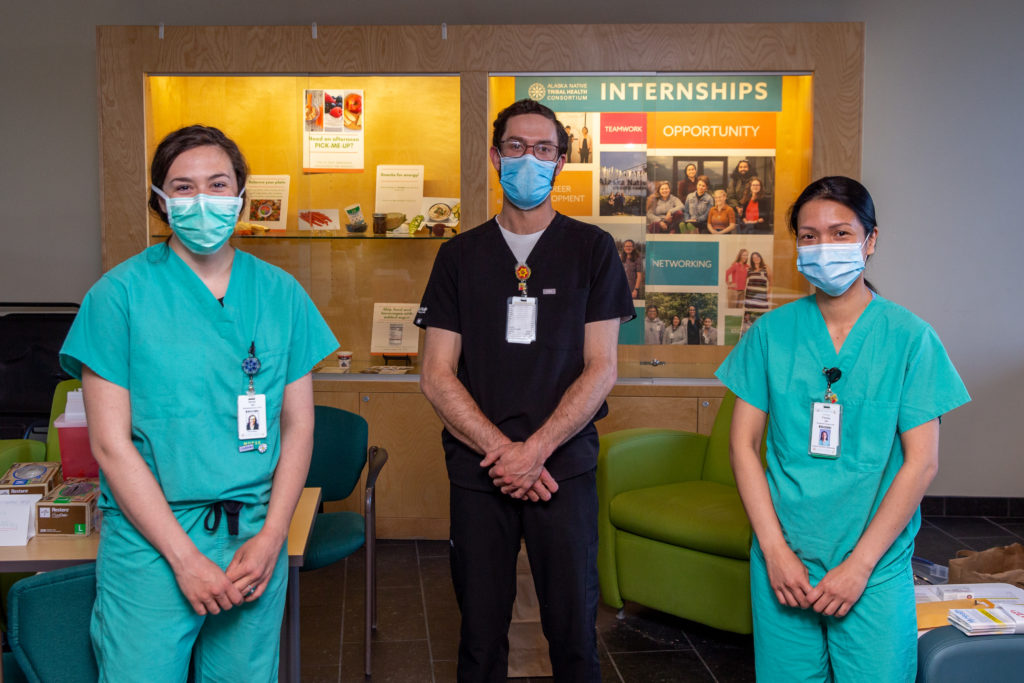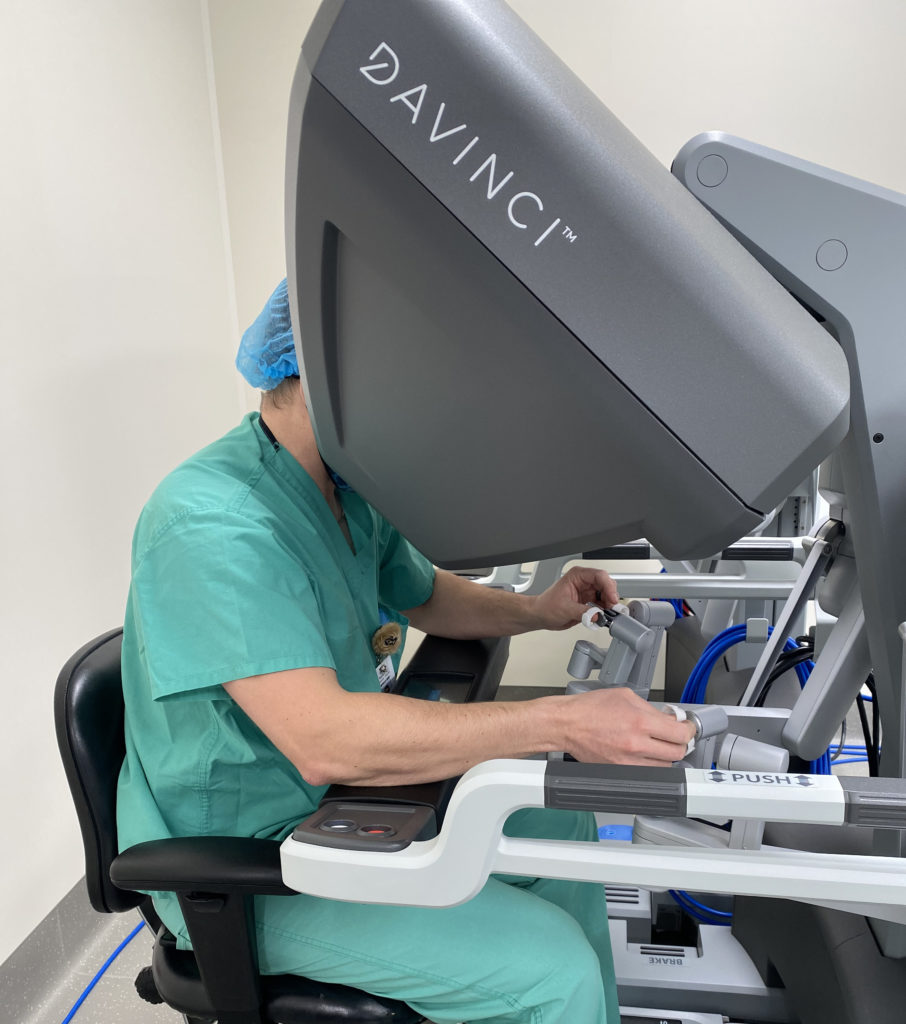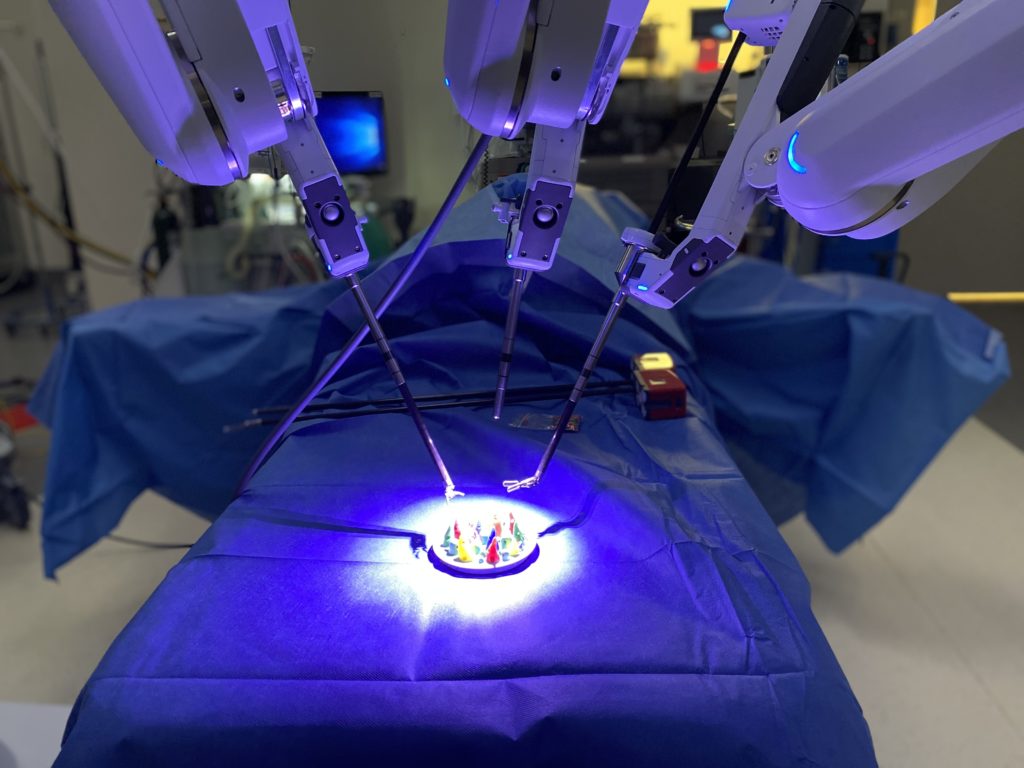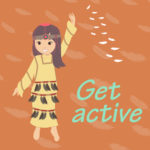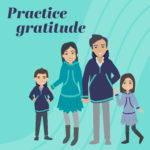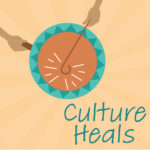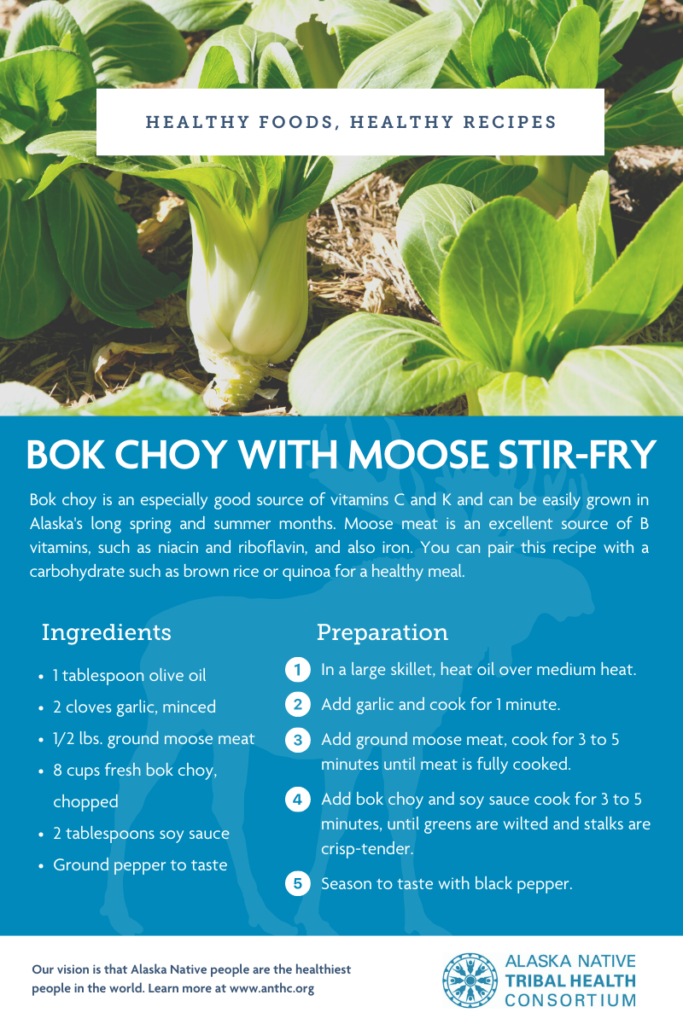Mukluk Telegraph Spring 2021
Healthy Alaska Natives Foundation Raven’s Resilience Celebration 2021

For the past 13 years, the Healthy Alaska Natives Foundation (HANF) has held its annual Raven’s Ball event which helps to raise funds for the Alaska Tribal Health System. As with many events during the novel Coronavirus, HANF has transformed its 14th annual spring gala fundraiser into an online event called the Raven’s Resilience Celebration. The celebration took place virtually over three days, from April 20 through April 22, 2021.
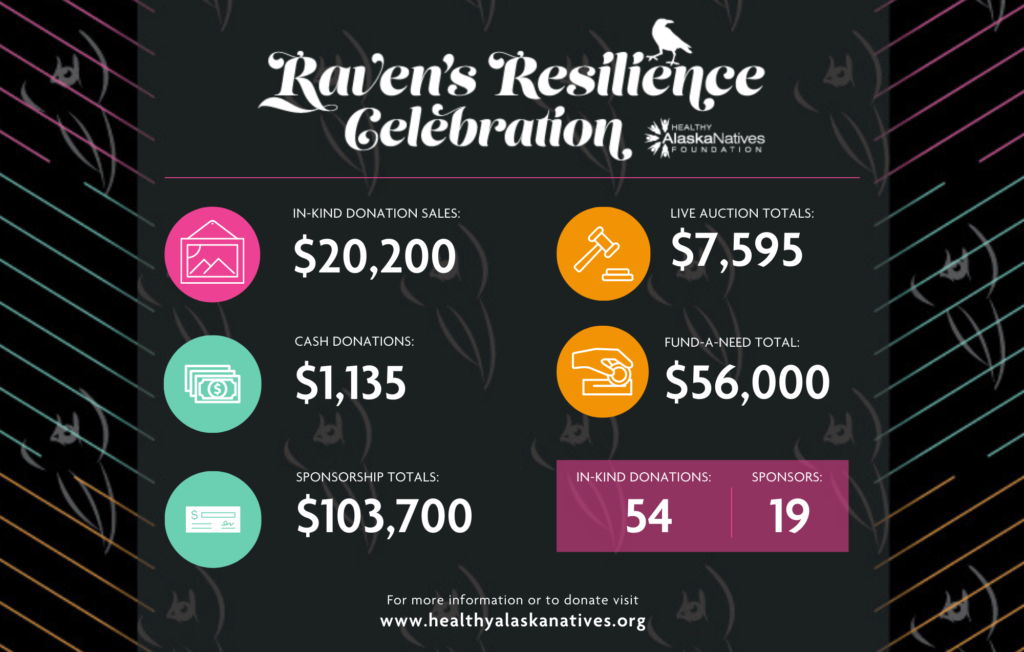
With over 50 in-kind donors, HANF raised more than $20,000 during the online auction portion of the event.
The Live Auction portion of the Raven’s Resilience Celebration streamed online and featured handcrafted Alaska Native artwork, unique and exclusive experience packages and its Fund-a-Need appeal.
The hosts for the live-streamed portion were Alice Qannik Glenn and Jacquii Lambert who helped raise over $7,500 in live auction items and $56,000 for HANF’s Fund-a-need appeal!
Each year, the Healthy Alaska Natives Foundation recognizes individuals and groups for their dedication and outstanding contributions to the Alaska Tribal Health System and their communities. The Healthy Alaska Natives Foundation’s Board of Directors is pleased to announce the following 2021 Luminary Award recipients:
- Bobby Heckman, Community Health Aide Practitioner, received the Distinguished Provider Award which recognizes a health care provider whose dedication has made a difference in the lives of those patients they care for and in the Alaska Tribal Health System. Mr. Heckman aided a man dying from COVID-19 in Pilot Station. Weather prevented a medivac from reaching Pilot Station, but Mr. Heckman continued to care for the ailing man, including singing to him.
- North Sound Region Children’s Coalition received the Outstanding Rural Health Champion Award which recognizes individuals, departments or organizations in rural Alaska who have made an outstanding contribution to the rural life, people, and/or programs by dedicating their time and talents to improving the health and well-being of others. Prior to the COVID-19 pandemic, this team was traveling to villages to do well-child and vaccination visits.
- Dr. Anne Zink, State of Alaska, Chief Medical Officer, received the President’s Legacy & Leadership Award which recognizes an outstanding professional, either formal or informal, who has impacted the culture and performance of the Alaska Tribal Health System. Dr. Zink led the State through one of the largest health emergencies we have seen this century. She is a trusted voice and an empathic leader and many Alaskans follow her advice on public health guidelines for the COVID-19 pandemic.
The Luminary Awards video was released via Facebook Live on Wednesday, April 12 at noon. If you missed the awards you can watch the video below.
Thank you to all of the donors, artists and the following sponsors who help to make this event happen: GCI, Anchorage & Valley Radiation Therapy Centers of Alaska, Providence Health & Services Alaska, Alaska Airlines, Alaska Native Tribal Health Consortium, Bristol Bay Area Health Corporation, Bristol Bay Native Corporation, Cerner Corporations and Doyon.
ANMC celebrates its hardworking, talented nursing staff during National Nurses’ Month
Being a nurse under normal circumstances is hard work. And during this last year, working as a nurse during the COVID-19 pandemic added multiple unique challenges.
Nurses at the Alaska Native Medical Center provide high-quality, patient-and-family-centered care. Our nurses display their commitment and excellence through professional development, evidence-based practice, and innovations in their professional nursing practice at ANMC. And in addition to their work and education, many of ANMC’s nurses participate in shared governance which shapes the work they do at the bedside.
Historically, Nurses’ Week was celebrated from May 6, National Nurses Day, through May 12, the birthday of Florence Nightingale, the founder of modern nursing. Last year, the American Nurses Association expanded the week of celebration and recognition for nurses to the entire month or May, and that new tradition continues in 2021.
The COVID-19 pandemic hit the health care industry especially hard. There was a worldwide shortage of personal protective equipment. Policies and procedures changed rapidly and continuously. Many nurses had to quickly adapt their practices and work in areas they typically did not. Many of ANMC’s Specialty Clinic services were put on hold when the pandemic was at its worst. Non-essential procedures and surgeries were postponed. Some clinics temporarily closed and drastically reduced staffing. ANTHC quickly stood up COVID-19 testing sites and nurses pivoted to immediately train for new job duties supporting the testing sites.
“ANMC’s nurses regularly go above and beyond in the work they do,” said Dr. Renee Steffen, ANMC Chief Nurse Executive. “This past year brought a whole new meaning to the term ‘above and beyond.’ Our nurses picked up extra shifts, cross-trained in areas they do not normally work in and continued to provide excellent patient care, all during a worldwide pandemic.”
More than 765 nurses work in the ANMC hospital and across the Consortium, making up about a quarter of our workforce.
Our nurses are viewed as respected partners, collaborators and leaders. They are constantly seeking ways to improve the services and care we provide, from processes and initiatives to technology and equipment. Many of our nurses continually strive to strengthen and expand their own skills, as well. More than 290 ANMC nurses have national specialty certifications, with many nurses holding multiple certifications.
“This past year has been really tough and we are looking forward to celebrating our amazing nurses and the life-saving, compassionate care they provide to our people and their families every day. Thank you for all you do. Your sacrifices have not gone unnoticed,” said Tracy Runyan-Traylor, ANMC Associate Nurse Executive.
In an effort to further recognize our nurses for their outstanding work, ANMC partnered with the DAISY Award, an international program that rewards and celebrates the extraordinary clinical skill and compassionate care given by nurses every day. ANMC presents the DAISY Award to RNs who regularly go above and beyond in the care they provide.
The DAISY Foundation was established in 1999 by the family of J. Patrick Barnes, who died of complications of the autoimmune disease Idiopathic Thrombocytopenia Purpura. DAISY is an acronym for Diseases Attacking the Immune SYstem.
If you would like to nominate a nurse for the DAISY Award, please visit https://anmc.org/the-daisy-award/nomination-form/.
ANMC purchases da Vinci XI Surgical System, adding critical technology to the OR
The Alaska Native Medical Center recently purchased technology that allows additional capabilities in our operating room, allowing for minimally invasive surgical procedures for our patients. The da Vinci XI Surgical System, also referred to as a surgical robot, assists surgeons with laparoscopic surgery, allowing them to do more detailed, complex surgeries.
When a patient has a minimally invasive surgical procedure, it often means less pain and pain medications, shorter recovery times, reduced hospital stays, and getting back to their daily lives much quicker than if they had a traditional open surgery.
The robot is attached to laparoscopic instruments and allows for improved visualization, additional range of motion and wrist movements. It has very tiny dissecting instruments that allow surgeons to do very fine dissections and gives surgeons visibility that they do not have without the robot. The increased visualization is possible due to a high-definition camera, which increases their ability to identify certain kinds of tissues and cancers and to have full visualization of areas that they traditionally had to operate blindly on, such as deep inside a patient’s pelvis or chest.
“Not only does the robot utilize instruments that are much smaller than my hand which allow for very fine dissection and reconstruction, it also has more wrist degrees of motion,” said Dr. E. Sophie Spencer, a urologist at ANMC. “So, it allows a surgeon to be very precise and to access locations like the pelvis that are hard to get to and difficult to visualize in a traditional open surgery. Without a robot, portions of many pelvis surgeries have to be done by feeling and not actually seeing what you are doing. It allows us to cut out the blind portion of the procedure.”
Surgical robots are most commonly used in urology, colorectal, thoracic, gynecological, gyn-oncology and ENT surgical procedures. At ANMC, the da Vinci surgical robot will be mostly used for urology procedures, like prostate and kidney surgery, general surgery procedures, like colorectal surgery and hernia repairs, gynecology and gyn-oncology surgery, like hysterectomies.
During a surgical procedure using the da Vinci robot, the main operating surgeon sits at a console across the room from the patient and controls the robot using a hand console and foot pedals. There is always a second surgeon or provider at the bedside next to the patient who assists the main surgeon with laparoscopic instruments.
The da Vinci robot has four surgical arms: a camera, two primary working arms and the option an additional arm to use for retraction and moving tissues out of the way. Each incision made for the robotic instruments is only 8 millimeters wide, which allows surgery through much smaller incisions, translating to less pain and recovery time for patients.
“There are many benefits of using a surgical robot. It’s really about providing the best care and the procedure with the least amount of side effects as possible,” said Dr. Morgan Sheridan, a general and colorectal surgeon at ANMC. “For typical open surgeries, recovery is usually a week to 10 days. With the use of a robotic system, recovery is often reduced to 3-4 days, sometimes as little as two days. The patient’s pain is significantly less, which means they use less pain medications. Their chances of infection are drastically reduced. With a quicker recovery and shorter hospital stay, they get back home and to their lives much sooner.”
Health tips: ATV Safety
In Alaska, we use many types of transportation for all kinds of reasons and many of us rely on all-terrain vehicles (ATVs), or four-wheelers, to get from point A to point B. When traveling anywhere, anytime, everyone should wear a helmet – even if it’s a quick trip close to home.
Wearing a helmet when on an ATV is the best way protect your head and reduce the risk of a Traumatic Brain Injury (TBI). Adults can set a positive example for our youth by driving safely and always wearing a helmet.
Additionally, planning your TRIPSS* is a good way to reduce injuries while driving and operating your ATV:
- T – Training
Take a free online ATV training course to learn safety tips at https://atvsafety.org/. - R – Ride Off-Road
When possible, ride on unpaved roads. The ATV’s tires are not made for paved or loose gravel roads – you could lose control. - I – Impairment Danger
Never drive an ATV while impaired. This includes not driving under the influence of alcohol or other drugs. - P – Plan Ahead
Before riding, plan your trip by looking for wire fencing, tree stumps and other dangers. Let someone know where you are going and when you’ll be back. - S – Single Rider
Most ATVs are made for one rider. When possible, drive without passengers. - S – Safety Equipment
Wear a helmet, boots, gloves, long pants and sleeves when riding your ATV.
For more information on ATV safety or to view our original blog post visit here.
Health tips: Boating Safety
During the summer months, our Alaska Native people will spend more time on the water – whether it’s on boats or shores, fishing or for recreation. However, every year, water related accidents and fatalities affect our Native community.
Stay safe: Preventing drowning and cold water immersion
Whether you’re traveling, hunting, or just having fun on the water, you can help protect everyone on your boat by following safe boating practices. Boat owners or operators are responsible for the safety of themselves and those in their boat.
Follow these safety tips this summer and whenever you’re on the water:
- Ensure the whole family has access to and uses flotation devices when near water
- Keep young children away from water unless supervised by an adult
- Always wear a life jacket when in an open boat or on an open deck, regardless of weather, boating experience or swimming ability
- Attach the engine cut-off device when underway, especially when boating solo
- When boating, carry an emergency signaling device to notify rescuers, such as a whistle or GPS.
- Equip boats with at least one means of re-boarding (e.g. swim step, ladder, foot sling)
- If boating, file a plan so someone knows where you are and when you are expected back
- Have your family members attend a water safety class such as those provided by AMSEA or the Alaska Office of Boating Safety
For more information on boating safety or to view our original blog post visit here
May is Mental Health Awareness Month
Wellness includes having a positive purpose in life, satisfying work, play, joyful relationships, a healthy body, living environment, and happiness. To honor May as Mental Health Awareness Month, the Alaska Native Tribal Health Consortium will promote wellness activities to improve both mental and physical health!
Starting Monday, May 3, these activities will be located on ANTHC’s website at https://www.anthc.org/mentalhealthawareness/ along with a digital activity toolkit. Be sure to follow ANTHC on Facebook and Instagram to join in and recognize Mental Health Awareness Month.
Week 1 Activity: Find items on Scavenger Hunt document. Download scavenger hunt document here
Fill out our survey for a chance to win one of three sets of earbuds and a Fitbit.
Within the survey there is an opportunity to share a photo of your favorite item found!
Combining different types of exercise for 20 or 30 minutes a day helps build good health and mood. Physical activity, eating nutritious foods, and sleep helps keep us healthy and increase our physical and mental wellness. Hands-on, problem-solving activities can exercise the mind and body. Get moving and join in the hunt for wellness today!
Week 2 Activity: Each day, write on a slip of paper one thing you are thankful for and place it into a jar.
At the end of the week reflect on the things you are thankful for to develop an attitude of gratitude.
Fill out our survey and be entered to win one of three sets of a passion planner, pop-open card and mindfulness journal.
Growing our inner strength and knowing about our positive and negative feelings helps us to learn from our experiences. Remembering what is good in life and what brings us joy allows us to develop an attitude of gratitude.
Week 3 Activity: Color a picture that you enjoy.
Complete our survey and be entered to win one of three sets of an LCD writing tablet, art set, Alaska coloring book and tote.
Art helps develop a positive mindset and decreases stress, anger, tension, anxiety and depression. Writing, drawing, coloring, beading and sewing allow us to separate from stress and meditate. Setting aside time in our daily schedule to practice art helps develop our wellness.
Week 4 Activity: Traditional Activities. Participate in one or more of your favorite traditional activities.
Fill out our survey for a chance to win one of three drum-making kits.
Participating in traditional activities can enhance cultural identity, self-concept and increase self-esteem. These activities create connectedness to body, mind, spirit and community.
Recipe: Bok choy with moose stir-fry
Healthy eating and food security are important building blocks of health. The Consortium helps promote the knowledge and use of traditional foods and traditional ways that support Alaska Native health. Check out this recipe from our healthy cookbook titled Foods Alaskans Love:
“I had my first-ever gardening experience over the summer of 2014. I was surprised by how easy it is to grow the Asian vegetable Bok Choy in Bethel, Alaska, where I live. This fast-growing, cool weather-loving vegetable has tender green leaves and crispy green petioles. Mild mustard flavor, juicy crisp texture, easy to grow, harvest and prepare”. — Submitted by Zhi Tai Hastie


